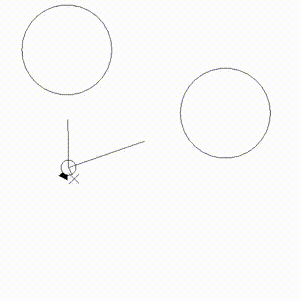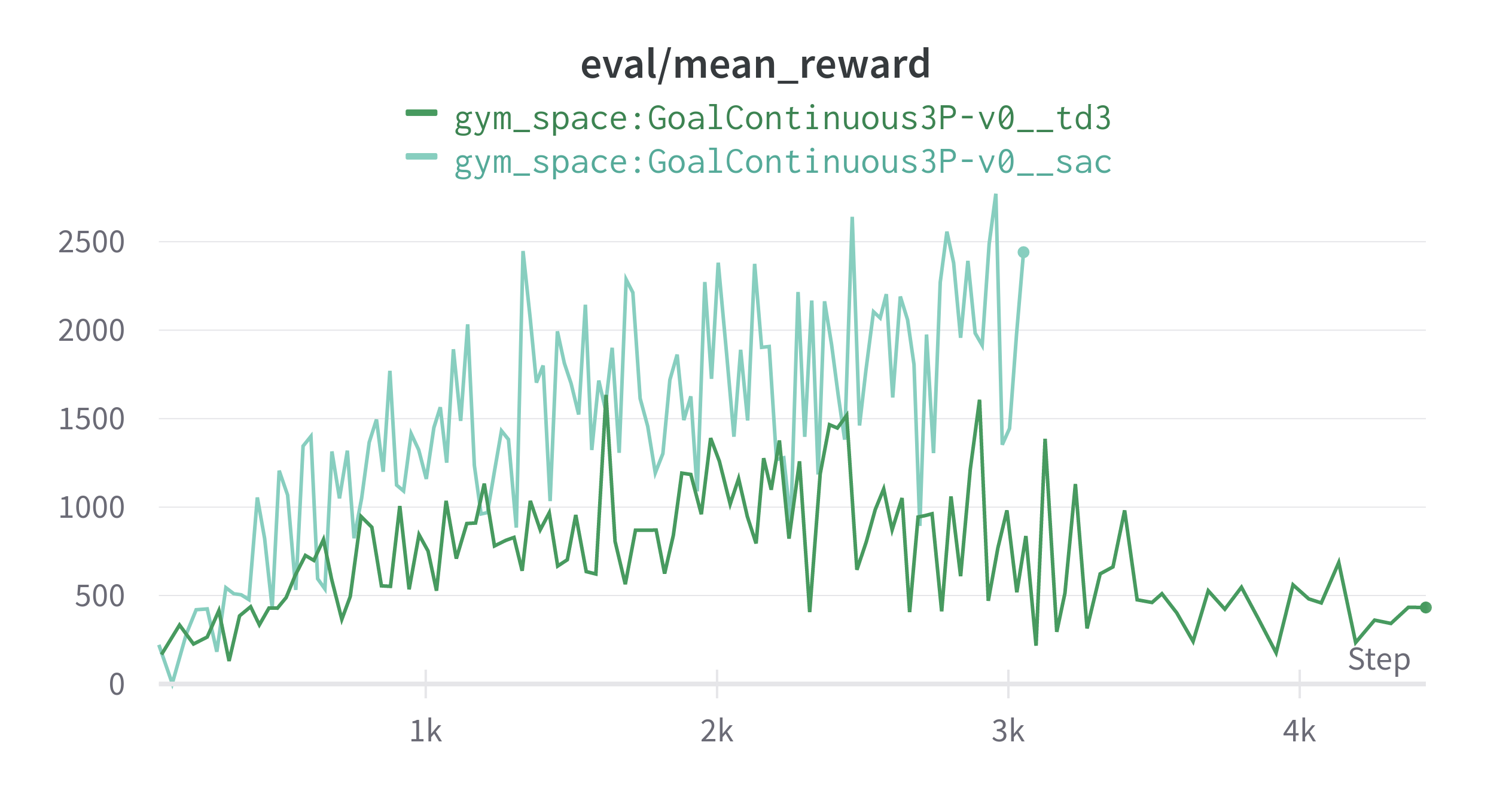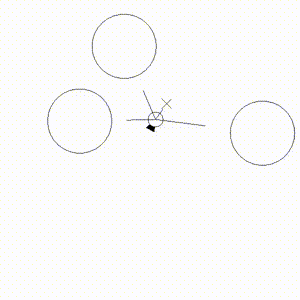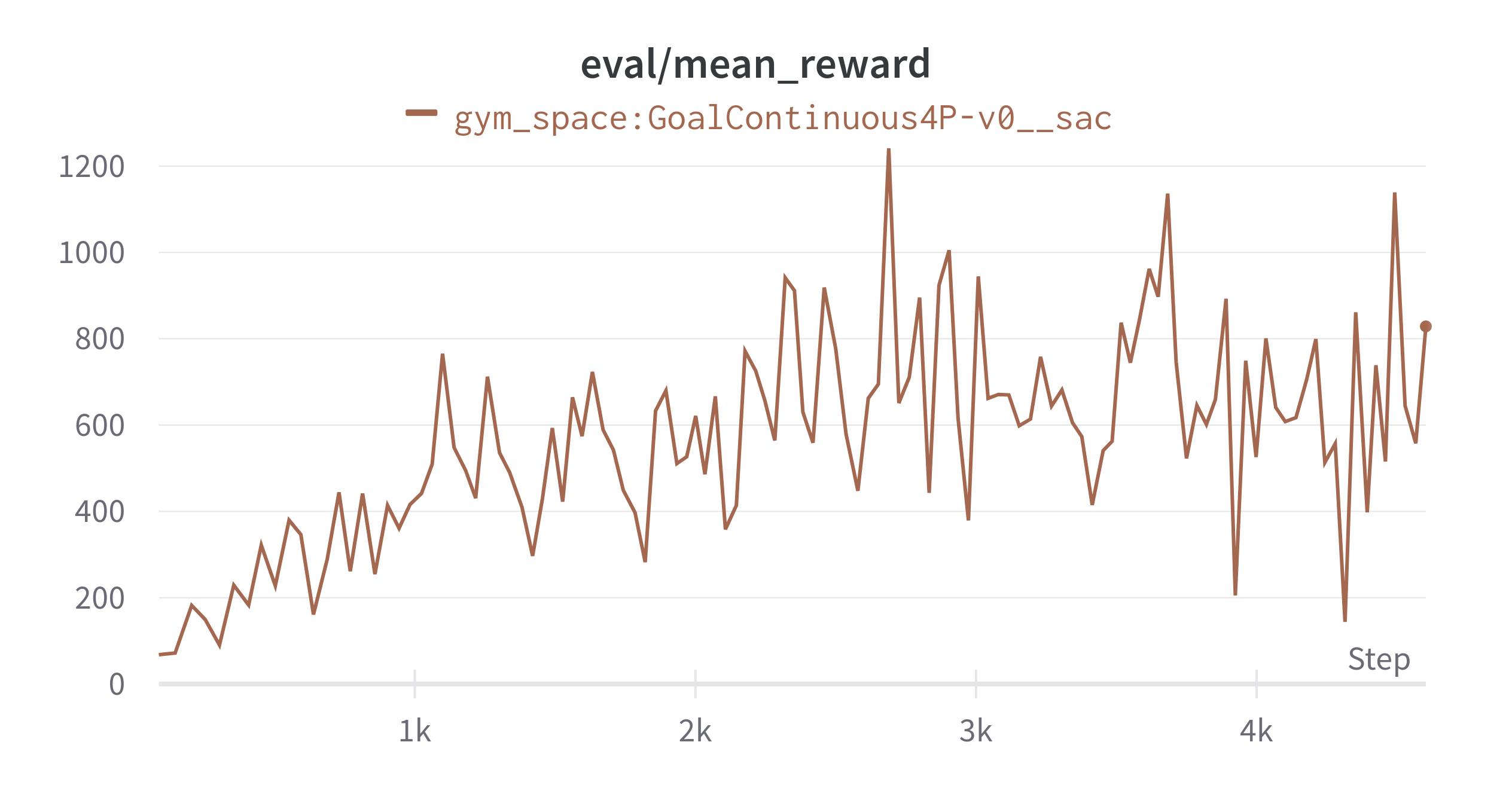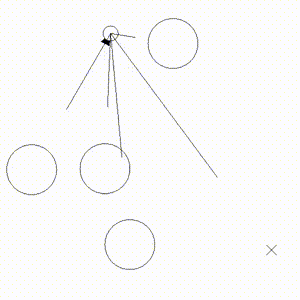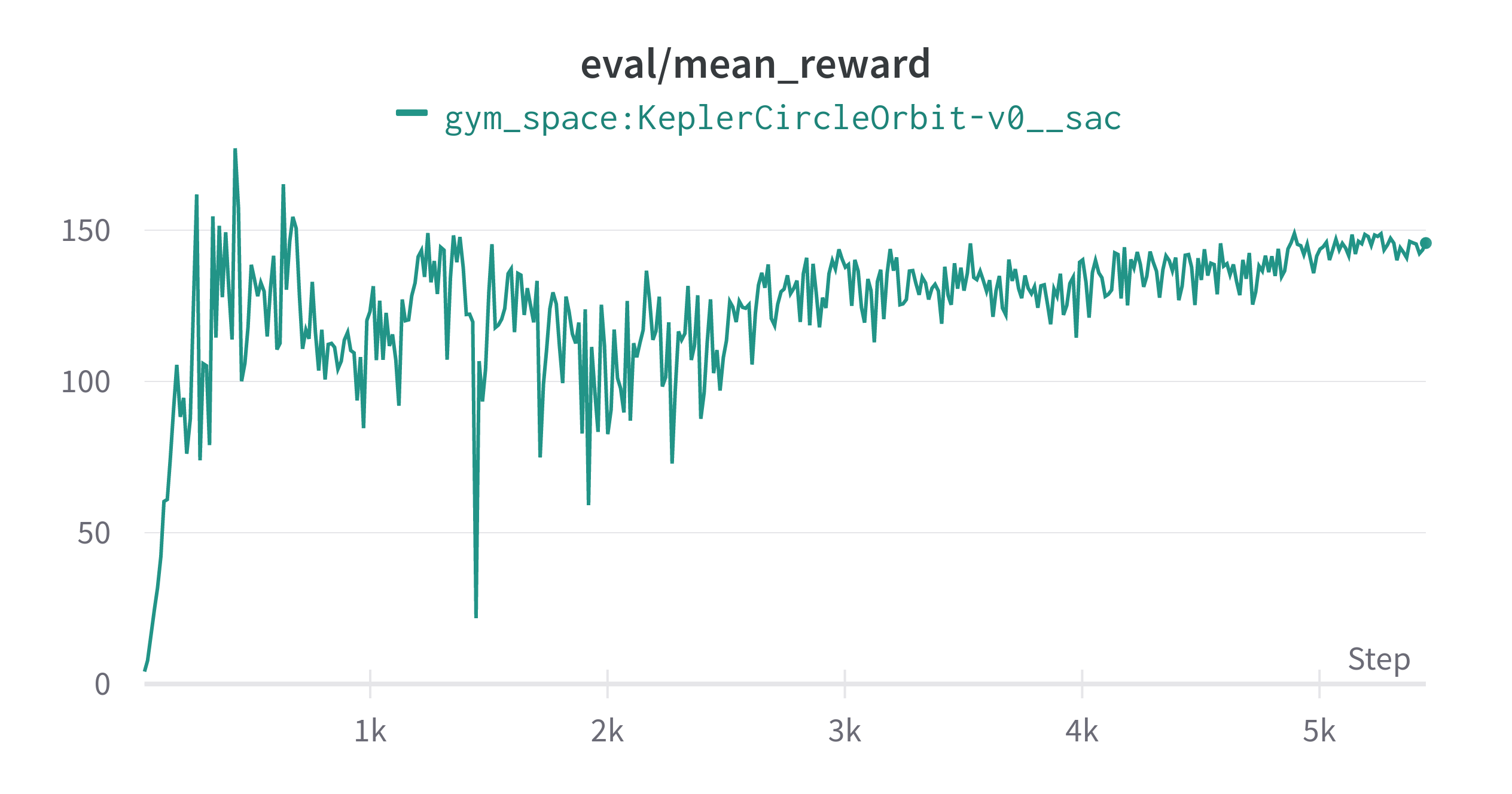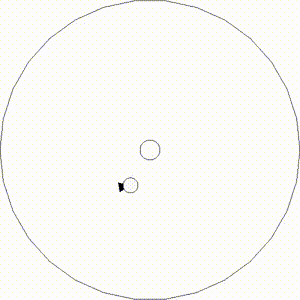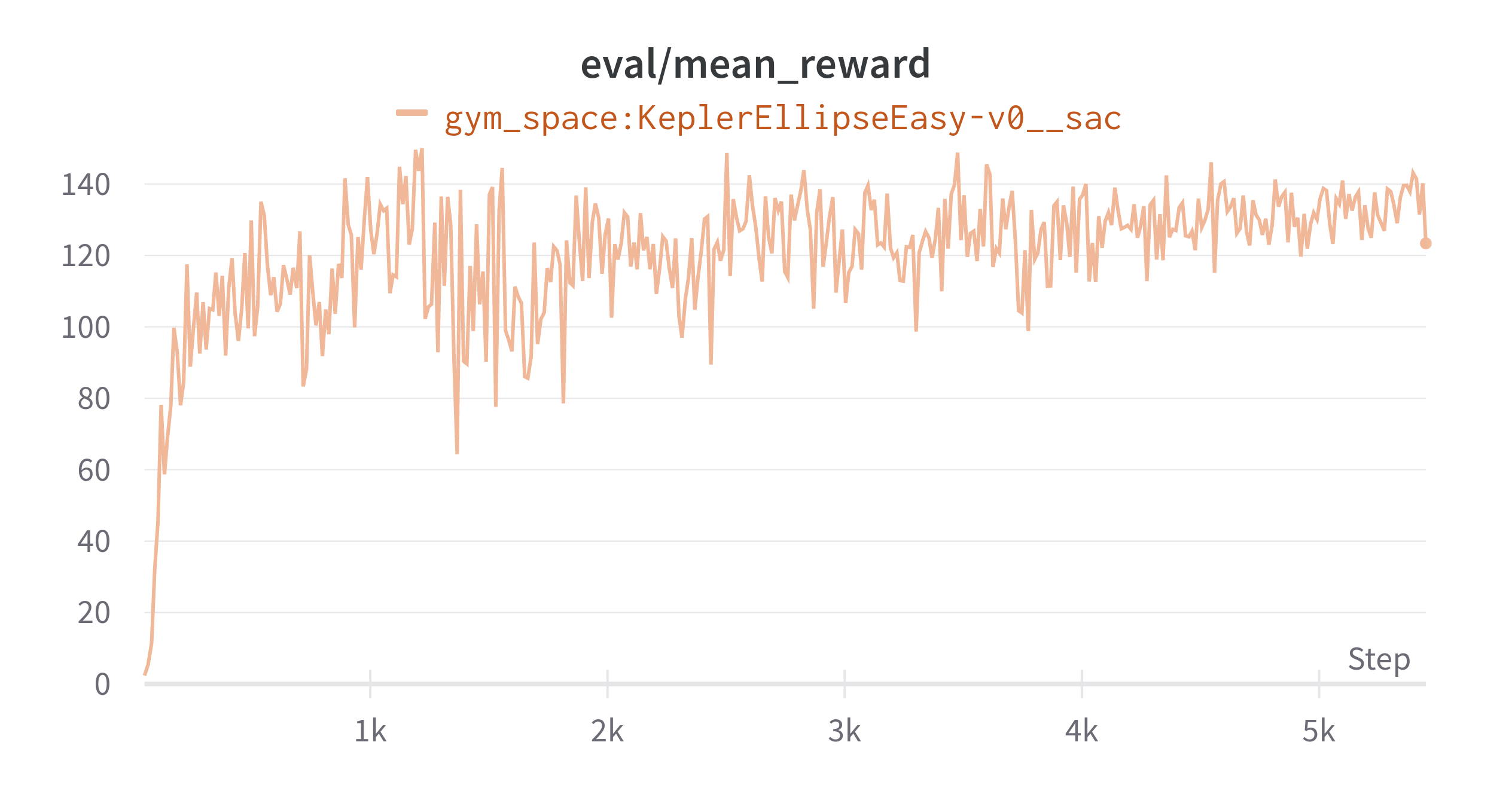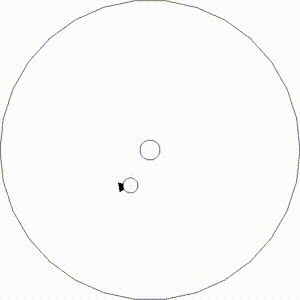Set of RL environments with locomotion tasks in space. The goal is to navigate a (planar) spaceship to reach the prescribed goals, or enter a prescribed orbit. We define a few tasks with varying difficulty, and some of the tasks we created are hard for state-of-the-art off-policy algorithms (SAC, TD3).
We learned a lot from the environment design process. We find it particularly challenging to appropriately shape the reward function such that the RL algorithm converges to a satisfactory control.
The goal of the repository is to share it with the community as a benchmark that can be used to test suitable reinforcement learning methods and algorithms. We believe that all of the tasks can be solved in a much better way than demonstrated.
Authors : Jacek Cyranka & Kajetan Janiak (University of Warsaw)
A paper with extended versions of the environments is currently under preparation.
If you have feedback or any questions/requests concerning the Space-Gym envs, do not hesitate to post an issue here or send it to the author(s) by direct mail.
pip install -e ., then see example in keyboard_agent.py
Navigate the spaceship to achieve subsequent goal positions while avoiding crashing on any planet and leaving the world (window) boundaries.
Parameters:
n_planets- number of planets to avoidsurvival_reward_scale- fraction of reward for staying alive (not crashing)goal_vel_reward_scale- fraction of reward for velocity toward current goalsafety_reward_scale- fraction of reward for not flying fast toward close obstaclesgoal_sparse_reward- reward for achieving a goalship_steering- if ship is steered by the angular velocity (the action sets the angular velocity) or the angular acceleration (the action sets the angular acceleration), then the ship has fixed moment of intertia (set using another parametership_moi)
For the exact formula of the reward please refer to GoalEnv._reward() in gym_space/envs/goal.py.
There are several difficulty levels. For each level we provide the rewards achieved by the best RL method that we tested and the Human baseline score, obtained using the so-called keyboard-agent (see keyboard_agent.py)
- two planets present within the region boundaries (there is predefined env with default parameters
GoalContinuous2P-v0), it is easily solved by off-policy RL algorithms (SAC & TD3). - three planets present within the boundaries (there is predefined env with default parameters
GoalContinuous3P-v0), much harder challenge than two planets, all of the tested RL methods have issues grasping how to use gravity and avoid crashing. - four planets present within the boundaries (there is predefined env with default parameters
GoalContinuous4P-v0), this environment is not solvable and the policy is not able to avoid continuously crasing.
Control spaceship to enter a specified orbit from any initial condition utilizing the least energy.
Parameters:
ship_steering- if ship is steered by the angular velocity (the action sets the angular velocity) or the angular acceleration (the action sets the angular acceleration), then the ship has fixed moment of intertia (set using another parametership_moi).rad_penalty_C- penalty term coefficient for the distance to the reference orbit radius (reward is inversely proportional to the distance).numerator_C- the constant in the denominator of the step-wise reward value, and added in the denominator (hence the maximal step-wise reward is1).act_penalty_C- penalty term coefficient for the energy utilized to perform the action during the current step.step_size- the numerical integrator step size.randomize- if the orbit should be randomized at every reset (then the parameters of the orbit are appended to the observation vector).ref_orbit_a,ref_orbit_eccentricity,ref_orbit_angleif the orbit is fixed, the reference parameters of the target orbit.
The reward is also inversely proportional to the absolute distance of the current velocity to the reference orbit velocity, which is easily computed for the Kepler orbits.
For the exact formula of the reward please refer to KeplerEnv._reward() in gym_space/envs/kepler.py.
We perofrmed a bunch of a trainings using the Stable-baselines3 software, in particular the rl-baselines3-zoo. We used the default hyperparameters of TD3, SAC. PPO performed significantly worse. A preliminary hyperparameter optimization that we performed showed no significant improvements over the default ones.
Human baseline score (mean/std.dev. from 5 episodes) measured using keyboard_agent.py 4715 +- 799
Human baseline score (mean/std.dev. from 5 episodes) measured using keyboard_agent.py 4659 +-747
There is still significant room for improving the performance of RL agents in the presented environments. One particularly promising direction is to try a safety RL method. We expect that better-shaped reward functions and extended observation vectors may result in significant performance improvements as well.
We could not explain the dramatic performance drop when increasing the number of planets from 2 up to 3. The measured human baseline score is similar for the two planets env and is significantly smaller for the case of 3 planets.
There are six non-abstract environment classes.
Three with discrete and three with continuous action spaces,
defined in envs/do_not_crash.py, envs/kepler.py, envs/goal.py.
All of them inherit from abstract base class SpaceshipEnv
defined in envs/spaceship_env.py.
This class takes care of physics, actions, collisions etc.
Child classes have to instantiate base class with selected
parameters values and implement _reset and _reward methods.
All code responsible for physics simulation is in dynamic_model.py.
Please refer to the docstrings in that file.
Class Renderer in rendering.py is responsible for visualization
of the environment. The class won't be instantiated and nothing will be drawn
unless render() method of an environment is called.
Parameters num_prev_pos_vis and prev_pos_color_decay allow you to control
how the tail trailing the ship position looks and how long it is.
In order to make initial position sampling for large number of planets efficient,
we implemented an algorithm based on hexagonal tiling of a plane.
Related code is in hexagonal_tiling.py. To make sense of it, please refer to notebooks/hexagonal_tiling.ipynb.
TBA
Copyright 2021 Jacek Cyranka & Kajetan Janiak (University of Warsaw)
Licensed under the Apache License, Version 2.0 (the "License"); you may not use this file except in compliance with the License. You may obtain a copy of the License at
http://www.apache.org/licenses/LICENSE-2.0
Unless required by applicable law or agreed to in writing, software distributed under the License is distributed on an "AS IS" BASIS, WITHOUT WARRANTIES OR CONDITIONS OF ANY KIND, either express or implied. See the License for the specific language governing permissions and limitations under the License.

